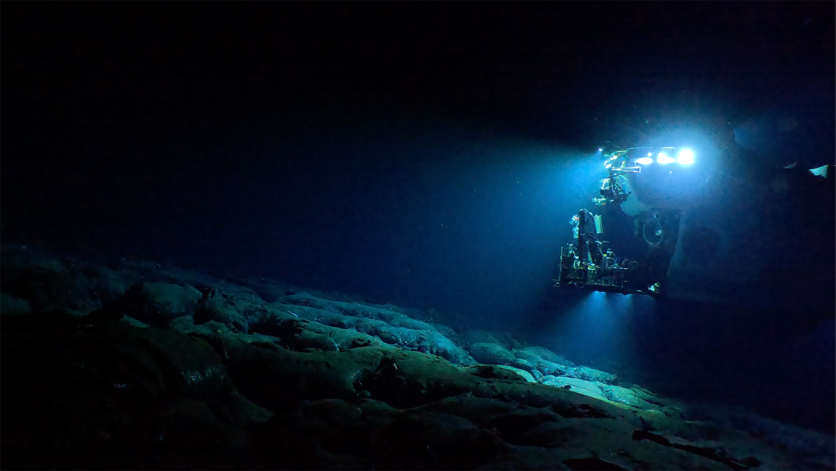
Newly discovered hydrothermal vents at a depth of 8366 feet below the ocean surface are emitting fluids exceeding 300°C. Sentry and Alvin collaborated on the discovery, greatly expediting the research process.
Unveiling Five Hydrothermal Vents in the Pacific Ocean
Exploration in the depths of the Eastern Tropical Pacific Ocean has led to the remarkable discovery of five new active hydrothermal vents, each releasing superheated fluids exceeding 300°C.
Situated at a depth of 2,550 meters, these vents represent fascinating phenomena where scorching water erupts through the ocean floor.
This discovery was made possible through the combined efforts of advanced technology, including Sentry, an autonomous underwater vehicle, and Alvin, a manned submersible.
Their collaborative approach not only facilitated the identification of these vents but also accelerated the overall research process, shedding light on the dynamic and enigmatic world beneath the ocean surface.
Ross Parnell-Turner, a co-lead scientist on the expedition, emphasized the significance of utilizing advanced deep-sea submersibles to explore the construction of the seafloor in remote and harsh environments.
The team, led by Jill McDermott of Lehigh University, uncovered these vents on the East Pacific Rise, a volcanic region situated approximately 10° North latitude in the eastern Pacific Ocean.
The vents have been releasing fluids, and their temperatures have exceeded 300°C.
The emergence of these vents can be attributed to the continuous separation of tectonic plates along the East Pacific Rise, located within the extensive mid-ocean ridge volcanic mountain chain.
In this specific area, the two tectonic plates have been diverging at a rate of approximately 11 centimeters per year. Thibaut Barreyre, a co-lead scientist on the expedition representing CNRS, Univ Brest, France, highlighted that the mid-ocean ridge contributes to over 75% of all volcanic activity on Earth.
Barreyre, an expert in thermal measurements and modeling of hydrothermal vents, emphasized the prevalence of deep-sea hot springs on the East Pacific Rise, which collectively extract 10% of the Earth's total internal heat.
The researchers aim to deepen their understanding of how hydrothermal vents release heat and chemicals as they interact with the seafloor, impacting the global ocean.
Initially, Sentry was deployed during the nighttime to generate high-resolution maps using its sensors. These maps were then analyzed to plan the human expedition to the site during daylight hours, allowing for firsthand data collection.
McDermott highlighted the importance of Sentry's high-resolution maps, enabling the identification of potential new hydrothermal fields shortly after Sentry returns on deck.
This provides valuable targets for Alvin, offering the opportunity for multiple discoveries in a single dive.
Unveiling Deep-Sea Phenomena
Hydrothermal vents sustain life even in the deepest and darkest corners of the ocean floor.
Scientists hope to gain insights into conditions that might support life beyond our planet, such as on Enceladus, a moon of Saturn believed to possess hydrothermal vents beneath its icy surface.
Furthermore, understanding hydrothermal vents aids in comprehending the various geophysical, chemical, and biological processes that shape Earth.
The research team plans to use Sentry and Alvin to delve deeper into this hydrothermal activity and volcanism along the East Pacific Rise.
Alvin, which has been pivotal in discovering numerous hydrothermal vents since 1977, initially explored an oceanic spreading ridge north of the Galapagos Islands.
Related Article : This Seafloor Rover Harvests Valuable Metals with Minimal Environmental Disruption





